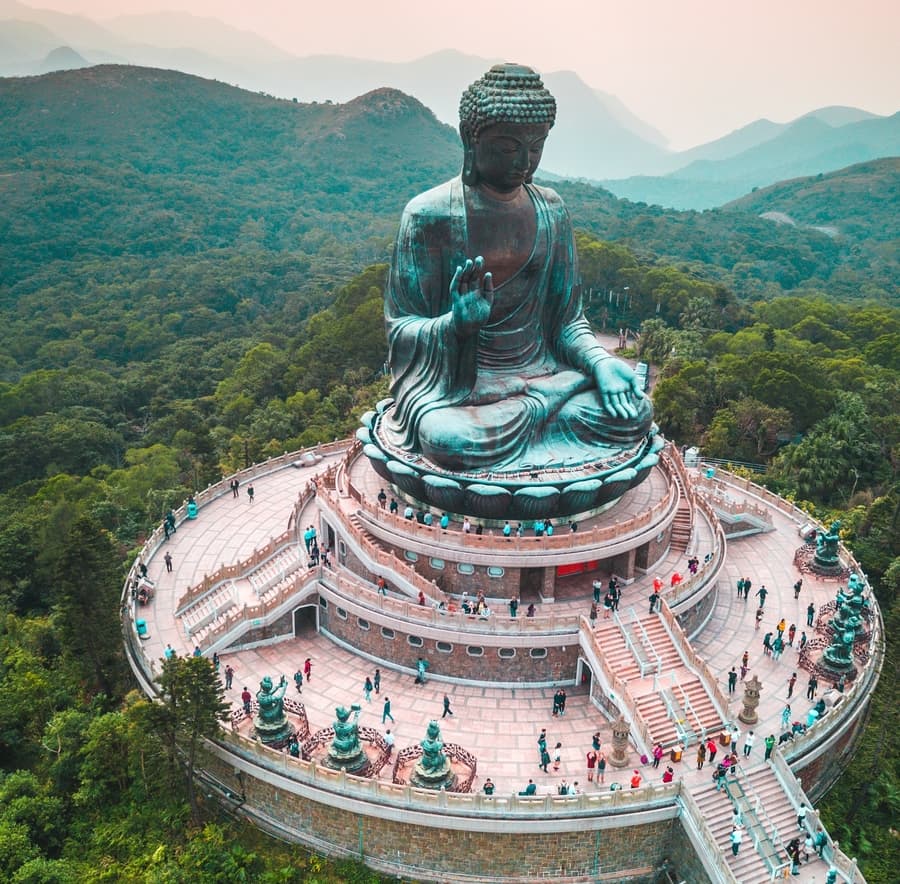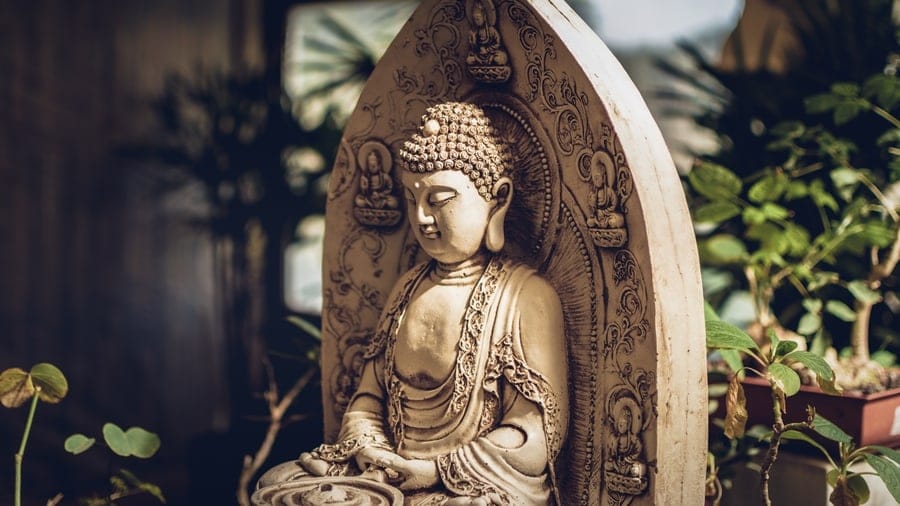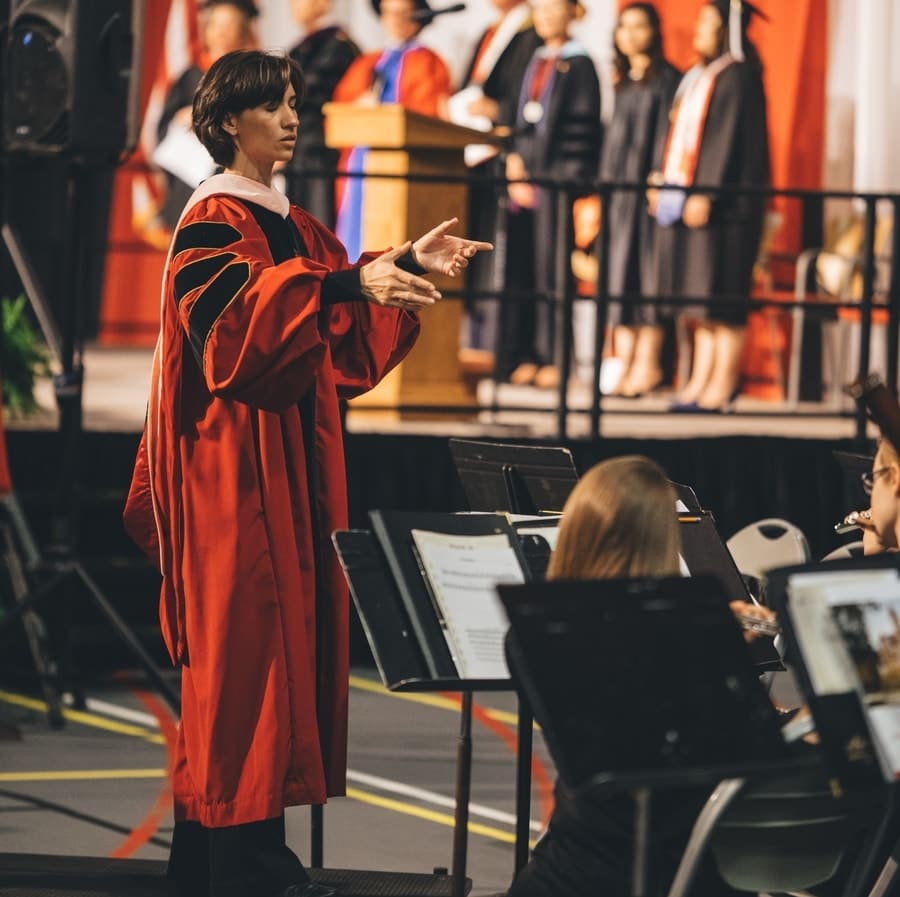Finding the spiritual self can be elusive. How you define the spiritual self will change depending on the tradition or person you’re talking to. For many years it’s been a big question for me and so I did some reading and found some rare and lost insights on the topic.
So, what is the spiritual self? The Spiritual Self as understood from Buddhism, Hinduism
Lost Insights from Hinduism: The Atman

I know a wonderful Hindu friend and spiritual health practitioner. As of late we’ve cherished conversations around this missing concept in modern life, known as the Atman. Hindu scholars throughout the centuries (perhaps the oldest religion in the history of humanity) have written libraries worth on this subject.
Atman as I’ve come to understand it is based on the Sanskrit word which means “essence, breath, or soul”[ref]R Dalal (2011), The Religions of India: A Concise Guide to Nine Major Faiths, Penguin, page 38). (Oxford Dictionaries, Oxford University Press (2012); John Bowker (2000), The Concise Oxford Dictionary of World Religions, Oxford University Press;WJ Johnson (2009), A Dictionary of Hinduism, Oxford University Press,See entry for Atman (self).), innermost essence, and soul (David Lorenzen (2004), The Hindu World (Editors: Sushil Mittal and Gene Thursby), Routledge, pages 208-209; Richard King (1995), Early Advaita Vedanta and Buddhism, State University of New York Press, page 64. Chad Meister (2010), The Oxford Handbook of Religious Diversity, Oxford University Press, page 63).[/ref]
My Hindu friend pointed me to the Upanishads. In these writings, the major thematic focus is “know your Atman.”
Basically, “know thy Self.”
But what is the Self in the Upanishads? The Atman or Self is not the body, or the mind, or the ego, but soul or Self. There is a You that is distinct from your physical, emotional or psychological self.
And there’s more.
The Atman is also the spiritual essence
It is also eternal and ageless. The Spiritual Self from the Hindu tradition is our essential Self, the deepest level of our existence.
So what does this mean practically?
It means our Spiritual Self is different from our feelings and even from our body. Differentiating between our feelings, thoughts, and sensations in our body is a fundamental tool for de-cluttering our hearts when things get emotionally messy.
Knowing that who I really am, deep down, is an ageless, eternal, and stable being gives me a sense of resilience and dependency amidst the changing weather of the mind.
The Atman has an ethical dimension too. For centuries, Hindus crafted a non-violent ethic around the concept of the Atman.
From the Vedanta tradition, you don’t know yourself as well as Vedanta does, an age-old, tried and tested educational process from 1000s of teachers who have explored this phenomenon. What they discovered is that you are really a pure transcendent essence of non-violence.
From this tradition, the Spiritual Self is a non-violent, stable, eternal, and differentiated identity from your body, mind, and feelings.
Lost Insight From Buddhism: The Buddha Nature

I’ve also been speaking with two Buddhist friends over the last summer. One buddhist friend was from the Mahayana tradition (more progressive) and the other was from the Theravada tradition (more conservative).
The Buddha-nature or Buddha Principle is another concept we need in our “me-culture” individualized and self-absorbed Western setting.
The “Buddha-nature” refers to what has been known as the
Which are roughly translated as the womb” or “embryo”. According to Shenpen Hookham, Oxford Buddhist scholar and a Tibetan lama that the
What is the true Self?
It’s something real and permanent and already present in every unenlightened individual. He and Merv Fowler
Others have noted there may be multiple meanings to the Buddha nature that we all have.
- An underlying “being” or essence which is like the self (atman) in the Upanishads.
- The
buddha nature as a “dharma-kaya” an essence that cannot be conceived in the mind which arises after one returns from dissolution. The Buddha with an unseen transformed body – “spiritually charged nature of everything that is” [ref]Ray, Reginald (2001).Secret of the Vajra World: The Tantric Buddhism of Tibet. Shambhala. p. 13.[/ref]
The Buddha nature as the womb that exists in all beings and provides all creatures with the potential of awakening. [ref]Takasaki, Jikido (1991). A Study on the Ratnagotravibhāga. ISMEO 1966: p.198[/ref]
What does all this mean for our understanding of the Spiritual Self?
The Spiritual Self from the Buddhist tradition, is a universal nature, a hidden womb which like the womb of a mother yet filled with the awakening child. This womb carries the potential for enlightenment and holy detachment from all suffering.
Practically, we should be encouraged as both Hinduism and Buddhism suggest that our Spiritual Self is unchangeable, ever present, ageless, and awake.
The Difference Between the Buddha Nature and the Atman

It should be noted at this point, there’s a difference between the buddha nature and the atman. From my conversations with these hindu and buddhist friends, they seem to agree on one large difference.
Generally speaking, the buddha nature has less of a transcendent element to it when compared to the Atman.
Although I believe the Mahayana Buddhist might disagree. They see Buddha as more of a spiritual being, whereas the Theravada Buddhist sees the Buddha as a great man who obtained enlightenment, but wouldn’t go as far as to suggest that he became a divine being.
Rare and Lost Insight from Psychology: IFS and the Self

Has modern psychology ever noticed the Spiritual Self, especially as we’ve been talking about here?
The discovery of the spiritual Self is not new. Beginning with Freud, he developed the tripartite view of the soul in the ID, Ego, and Superego.
What he referred to as the Ego (which in Greek means “I”), meant that Self that draws upon the energy of the ID while also choosing a moral life as inspired from the Superego.
Freud noticed an interesting phenomenon where one can have a conversation with other “states” of the personality.
Later, Object relations theorists would call Freud’s ego states, “Internal objects.” Those in the psychosynthesis camp would call these states, “subpersonalities.” Now in Cognitive behavioral approaches, they recognize these “parts of us” as “schemata.”
All of these different disciplines talked about a central Self, what Self-Psychologists and Existential theorists called “Ego-Differentiated” Self and “twinship.” In therapy they learned what Carl Roger’s asserted, the Self is there and each person’s inner healer is waiting to be drawn out.
This is a humanistic approach. A humanist
Yet, none of these theorist looked at how these parts relate to each other. That’s where IFS (Internal Family Systems) comes in.
Dr. Richard Schwartz, a Marriage and Family therapist, noticed these parts related much like a family system. As he began to apply his understanding of sub-grouping, triangulation, and homeostasis to the parts, his clients noticed something rather riveting.
They found their Self. The Self appeared when all the parts had relaxed. When they had met the needs of these various parts, the client felt a deep sense of what they called, “self energy.”
After nearly 30 years of practice Schwartz has never met a client who didn’t have the Self. Schwartz has even met serial rapists and incarcerated criminals who had the Self.
When your life is led by the Self and not by a controlling or protecting part, you have what he calls, “Self-Leadership.” He asks the question, What are the characteristics of Self-leadership?” He answers:
I don’t know the entire answer to that question. After twenty years of helping people toward that Self-leadership, I can describe what my clients exhibit as they have more of their Self present. As I sifted through various adjectives to capture my observations, I repeatedly came up with words that begin with the letter C. So, the eight Cs of self-leadership include: calmness, curiosity, clarity, compassion, confidence, creativity, courage, and connectedness.
Richard Schwartz, Developer and Founder of the Internal Family Systems Model
For more information on how to have more Self through an IFS approach see link here.
Personal Experience: How to Connect with your Self

For the last 5 years I’ve been seeing an IFS therapist. Up to this point I had struggled deeply with “finding myself.” I had felt for years that I was a shell of a human being without a specific identity. Practicing IFS not only in therapy but in meditation gave me a sense of that Self energy. Finding my Self through those eight qualities gave me grounding in my personality.
I’ve gotten to know these parts of me as different from my Self and in those moments I feel what others have described as the Buddha nature and the Atman. It’s as if you are you, without confusion, illusion, emotion. It’s a deeper experience of feeling, but in some ways it transcends it.
Nor is the Self something unattainable, but comes into focus at moments of “flow” or flow states. It’s what athletes experience when they’re in a high of symmetry and performance.
Avid meditators experience the Self, that is emptiness or “no parts.”
Perhaps the best way to connect with this Self is to get to know the parts of your life that feel burdened and in control. Giving them the attention and appreciation they so desire allows them to give you more space. Create a parts profile, getting to know them as you would any person. Here are some questions to help you:
- How old is this part of you?
- What gender is this part? (It’s perfectly normal for a part to have a different gender than your sex.
- What does this part do for you? What is its role?
- What is it afraid will happen if it let you take the lead in your life?
- Who is it allied with or protects?
- Where do you feel it in your body when activated?
- What are its behaviors when it’s in the lead?
- What are some trailheads (moments where it gets activated and with whom)?
- What do you call it? What name does it like?
You can also ask yourself about Self leadership.
- How often do I feel calm, clear, connected, courageous, etc?
- Do I feel I am my emotions and thoughts or do I sense I’m different from my thoughts, feelings, sensations and body?
- Am I lead by a part of my life right now or by my Self with the 8 qualities mentioned?
More than anything, it’s an experience to behold.
In this case, trust precedes truth. Happy Selfing.
Related Searches
How do you spiritually awaken yourself? Awakening is primarily about “waking up” to ourselves, our surroundings and to a higher Consciousness. You can awaken yourself by two principles: expansion and self-awareness. Expanding your body of knowledge through books, mentors, and community will plant seeds for waking up to the more around you. Self-Awareness happens primarily in community by getting the feedback from those you love about who you really are.
How can I be more spiritual everyday? People can complicate spirituality. Simply put, practicing more spirituality everyday happens as you do it. Practicing spirituality is also not a linear line but a labyrinth and a journey. Consider meditation for a season, then spiritual reading. Try gratitude journaling in the morning and at night. After that consider how much outside time you’ve been spending in nature. Remember to play with these practices as a way to move your spiritual expression in unique directions for a more dynamic flow of transcendence. Be practical with this one, not esoteric.
What is a spiritual journey? Especially in urban and medical settings, we seem tempted by results, effectiveness, and the end goal. A spiritual journey is more human and organic. It focuses not on the end, but the means or the process of transformation. When we think of spirituality as a journey, we can relax and allow more awareness to bubble up.







